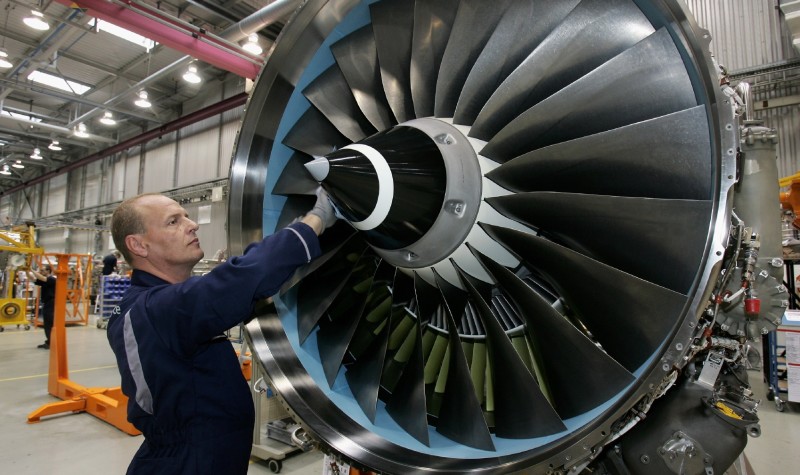Investors may be underestimating BAE and Rolls-Royce’s prospects

Robert Stephens, CFA, considers the outlook for BAE and Rolls-Royce amid an uncertain outlook for the aerospace and defence sector.
Like many industries, the aerospace and defence sector faces an uncertain future due to the Covid-19 pandemic.
Defence spending could grow at a slower pace than previously forecast. Governments across the world may seek to rein in spending to pay for vast fiscal stimulus packages launched over recent months. Meanwhile, the civil aerospace sector has experienced a major downturn due to flights being grounded during the pandemic.
This leaves the FTSE 100’s only two aerospace and defence companies, BAE (LON:BA) and Rolls-Royce (LON:RR.), facing challenging futures. However, in my opinion, their market positions, strategies and recovery potential make them appealing long-term investments.
BAE’s undervalued share price
Defence spending had been rising in key markets such as the US following cutbacks introduced in the aftermath of the global financial crisis. However, this trend may come to a premature end as a result of the financial cost of the pandemic. This could mean that growth opportunities for BAE, which is a defence-focused business, become scarce over the next few years.
However, BAE’s financial position suggests that it has the capacity to pull through a potentially tough period for the industry. For instance, its net interest payments were covered nearly seven times in what was a disappointing first half of the current year. Its net debt-to-equity ratio of 43% indicates there is scope for further leverage should it be required.
BAE may even be in a good position to make further acquisitions following recent M&A activity. This could strengthen its position vis-à-vis sector peers and help it to further expand into adjacent markets that offer long-term growth potential. Its financial strength also increases the likelihood of dividends being maintained. Alongside its 4.7% yield, this may support investor demand in an era of expansionary monetary policy.
The stock trades on a prospective price-earnings ratio of 12, which includes a 6% forecast decline in earnings this year. Its estimated earnings growth rate of 15% for next year may prove to be overly optimistic. However, its current valuation suggests that there is a margin of safety on offer for investors who can take a long-term view of its prospects.
Rolls-Royce’s long-term recovery potential
A slower pace of defence spending growth is also relevant to Rolls-Royce’s prospects. It generates 21% of its revenue from the defence sector. However, the outlook for the civil aerospace sector is likely to have an even greater impact on its share price, since it contributed 52% of its sales in 2019.
A severe decline in commercial aviation activity caused by the grounding of flights during the Covid-19 pandemic prompted a 24% drop in the company’s sales in the first half of the year. In response, it is making staff cuts to reduce costs, and is mulling over potential disposals to shore up its financial position. This would add to the £6.1 billion in liquidity it reported at the end of the first half of the year, and could improve its ability to maintain market share across core operations.
In my view, demand for commercial flights is likely to return to 2019 levels over the long run. How quickly this process takes place is a known unknown. However, its occurrence is likely to have a large impact on Rolls-Royce’s financial and share price performance, since the business is in a good position to capitalise on the sector’s eventual recovery.
Therefore, even though the company’s shares are very unpopular among investors after their 70% decline this year, they could be set for a turnaround over the long run.
Comments (0)